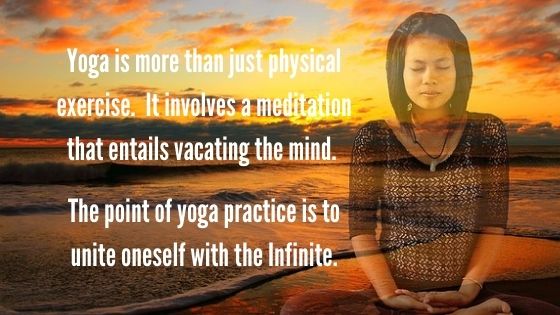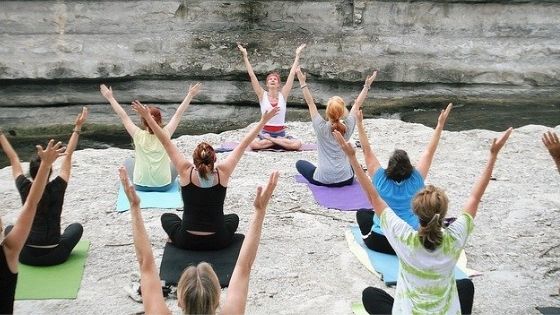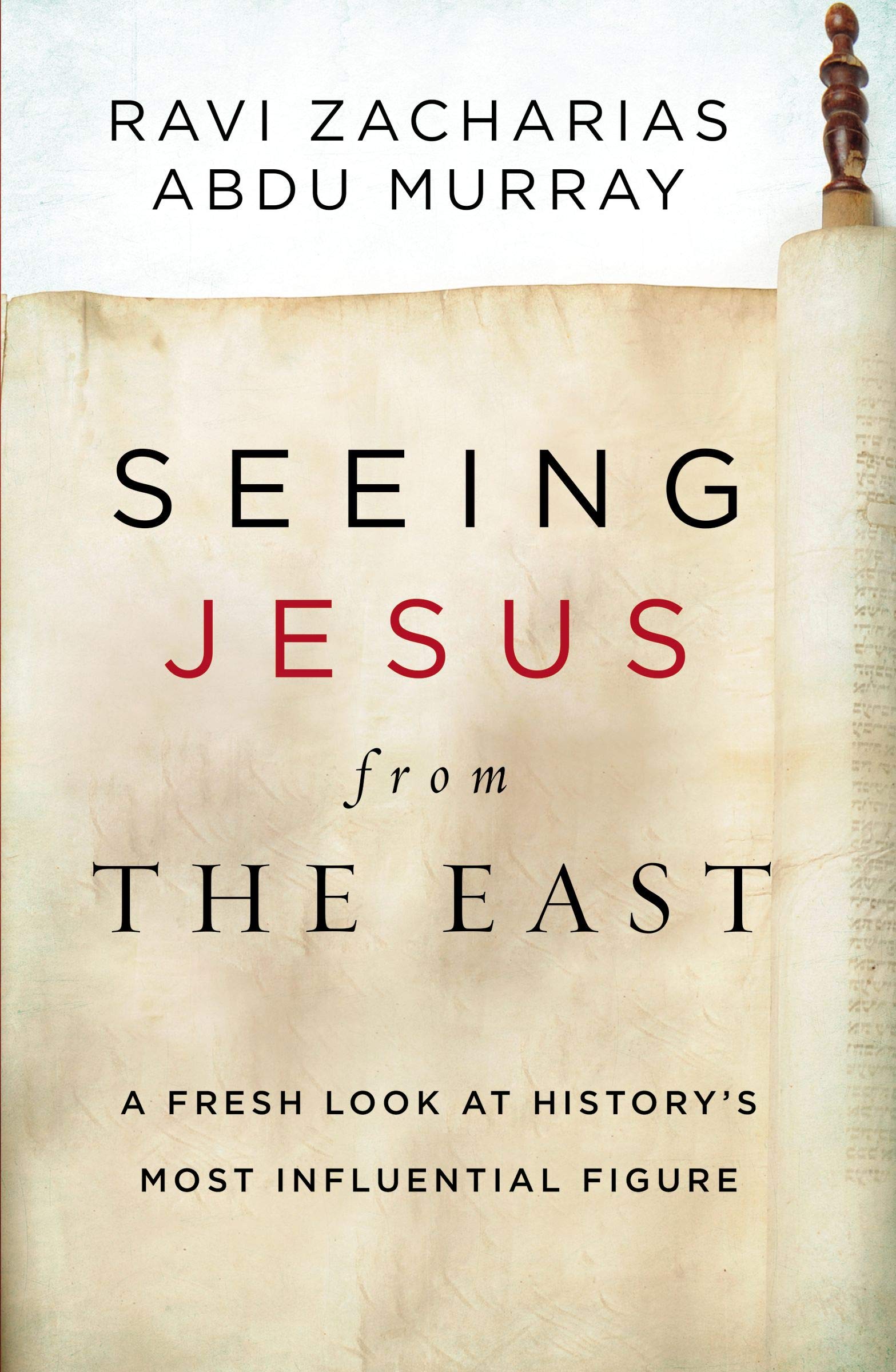The growing popularity of yoga in western culture has raised concerns and stirred some debates as to whether Christians should be practicing it. Is yoga demonic? Is it okay for Christians to stretch their bodies while meditating on God’s Word? What does the Bible say about yoga?
The Origin of Yoga
Yoga originated in ancient India thousands of years ago. The word “yoga” means “to unify, yoke, or join together.” It comes from the ancient Sanskrit root word “yug” which means “to unify.”
While many people in modern times think of yoga as just a physical practice to help them become physically healthier, yoga is deeply spiritual. The goal is to attain wisdom, ultimate knowledge, and freedom by losing one’s sense of self and uniting your soul with the universal consciousness.
Transcendental Meditation
Yoga practice is a form of Transcendental Meditation (TM) popularized by Maharishi Mahesh Yogi in the late 1960s. It came about as a result of his diagnosis of the human predicament that we who were actually part (or extension) of the infinite Brahman were unaware of the fact due to our ignorance and preoccupation with ordinary things.
To find our union with the Infinite, we needed to transcend the ordinary by the practice of the appropriate meditation. This was the classical pantheistic teaching of the early guru Sankara (A.D. 788-820).
However, Yogi suggested a very practical and down-to-earth way of meditation that needed any sophistication and practically no knowledge of Hinduism or speculative philosophy. In his prayer hall (asham) in northern India, he would assign a monosyllabic word to each of the devotees in the language with which they were comfortable.

Each devotee would have to repeat the assigned word audibly as a chant during all of one’s waking moments. One could change over to a silent mode as long as the preoccupation was with that one word. After a few days, when the conscious mind was preoccupied with the word, the devotee was advised to expel the thought of that word so that the mind would become theoretically blank.
In that moment of blackness, one could suddenly have inward enlightenment that one was an extension of Brahman. It was at this point that one would have transcended the transient to find the inward liberation that is the longing of the human heart.
A moment’s reflection would show that the meditation recommended by Maharishi Yogi involves an emptying of the mind. He argued that the clutter in our human minds came in the way of true knowledge of the Infinite.
The Teaching Behind Yoga
The term yoga is comprehensively and somewhat interchangeably to describe certain physical and mental techniques and exercises that facilitate the realization of the union of the finite with the infinite. Note that union is not achieved – it need not be because it is a reality rather than achieving a union that is not there, to begin with.
To bring about this self-realization, a series of physical and meditation techniques are proposed. These are by no means uniform or similar and in fact can be quite diverse, depending on the particular school of yoga.
The techniques are inaugurated in the form of physical exercises, although in some cases they may involve worship of the sun or the lotus form, the flower being the abode of the goddess of wealth, Lakshmi. These worship forms depend on the theological preferences of the Hindu school advocating yoga.
Yoga Advances Into the Western Culture
As previously stated, yoga is a practice in the East but somehow found its way to the West. In order not to offend Western sensibilities, yoga these days is purveyed without any theological overtones but only as a series of physical exercises, and in most cases, these exercises can have beneficial physical effects.
Yoga teachers often encourage their students to meditate – without necessarily telling them what to meditate on or how to do it. They may even tell Christian students to meditate on Jesus Christ! The idea, of course, is that one thinks about and reflects on the subject of meditation which is in itself is of no great concern.
However, as one advances in the yoga course, one is often called on to be increasingly involved in a meditation that entails vacating the mind.

Why Christians Should Not Do Yoga
Christians who think that yoga practice is nothing more than physical exercises should think twice about doing it as it has a spiritual aspect to it. It’s worth repeating that yoga involves totally emptying the mind during meditation.
This is dangerous because a demonic dimension may arise out of content-less meditation.
In a teaching recorded by Matthew, Jesus seems to be alluding to a situation in which the evil spirit has gone out of a person only to return and find “the house empty, swept, and put in order” (Matthew 12:43-45). This could be the state of a person whose mind is inactive in the passive sense after having been vacated of all other entities.
In earlier times, the idle mind is said to be the “devil’s workshop” because yoga and other forms of transcendental meditation are not anchored on objective truth. There is room not only for error but also for the occult. The devil delights to oppress (and even possess) the empty mind of the unbeliever where there is no seeking after the God of truth.
We will also do well to remember that meditation in this sense is “looking inward” to self rather than “looking outward” to God. It’s because the metaphysical teaching behind this meditation is that we are extensions of the Infinite Reality of Brahman. We are encouraged to look inward to realize this “truth” that we are part of the Infinite.
Let’s not forget that the sin of the “morning star” was that he would “make himself like the Most High (Isaiah 14:12-14). This attempt at self-realization as part of the Infinite is the subtlest form of idolatry and thus an inevitable port of entry or the work of the devil.
In contrast, the Triune God of the Christian faith is capable of eternal communication. He is a God who creates by speaking, so much so that the universe can be believed to be real and objective, just as a spoken word is.
This God has created us capable of thinking and speaking. To belittle the faculty of thinking is to despise our created being. However, the response to wrong meditation is not “no” meditation, but the right meditation.
The Bible enjoins us to meditate on God’s Word (Psalm 1:2) and to “think on things that are true, noble, just, pure, lovely, good, and praiseworthy” (Philippians 4:8).
Conclusion
Christians in the West tend to play straight into the jaws of the New Age and other Eastern religious philosophies and practices. This is because these religions and practices seem to offer a quick-fix relief to the stress-filled lifestyles of the twenty-first century. Yoga stretching exercises are also very useful to help people stay healthy.
So, should Christians practice yoga? The simple answer is “no.” A Christian cannot do yoga exercises without getting caught up in the spiritual and religious aspects of it. Yoga is more than just physical exercise. Keep in mind that the point of yoga practice is to unite oneself with the Infinite.
The Bible exhorts us to meditate not on nothing by vacating our minds. Rather, we are to meditate on the Word of God, his Law, precepts, and goodness (Joshua 1:8; Psalm 1:1-3; 119:15, 23, 27, 48, 97).
Reference: Who Made God? And Answers to Over 100 Other Tough Questions of Faith
General Editors: Ravi Zacharias & Norman Geisler
Disclaimer: As an Amazon Associate, I may earn a commission when you use any links on this page to make a purchase, but at no additional cost to you.
Recommended Resource: Seeing Jesus from the East: A Fresh Look at History’s Most Influential Figure by Ravi Zacharias and Abdu Murray
Encounter Jesus Like Never Before through Eastern Eyes
 Throughout these pages, Ravi Zacharias and Abdu Murray invite readers to rediscover the cultural insights we often miss when we ignore the Eastern context of the Bible.
Throughout these pages, Ravi Zacharias and Abdu Murray invite readers to rediscover the cultural insights we often miss when we ignore the Eastern context of the Bible.
They offer a refreshing picture of Jesus, one that appeals to Eastern readers and can penetrate the hearts and imaginations of postmodern Westerners.
In Seeing Jesus from the East, Ravi Zacharias and Abdu Murray show us why a broader view of Jesus is needed – one that recognizes the uniquely Eastern ways of thinking and communicating found in the pages of the Bible.
Zacharias and Murray capture a revitalized gospel message, presenting it through this Eastern lens and revealing its power afresh to Western hearts and minds.
Incorporating story, vivid imagery, and the concepts of honor and shame, sacrifice, and rewards, Seeing Jesus from the East calls believers and skeptics, both Eastern and Western, to a fresh encounter with the living and boundless Jesus.


Info on Yoga
Hi Crystal,
I suggest you follow Melissa Dougherty on her YouTube Channel. She could enlighten you about Yoga and other New Age practices /
Blessings!